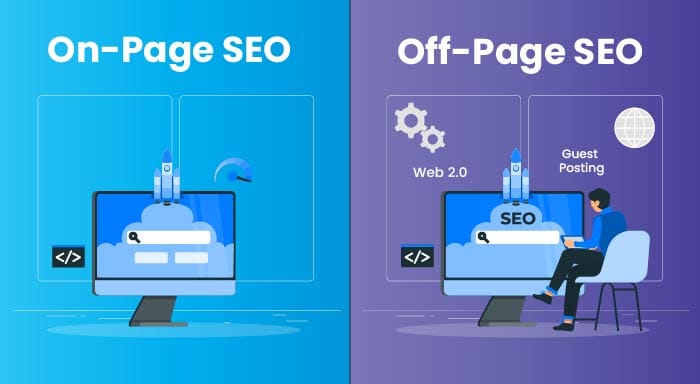Proven SEO Tactics to Boost Blog Traffic in 30 Days
SEO isn’t a one-time thing, it’s a habit.

If you're running a blog and not seeing much traffic, don't worry, you're not alone. SEO (Search Engine Optimization) might seem intimidating, but with the right strategies, you can see a noticeable increase in blog visits within just 30 days.
SEO isn’t a one-time thing, it’s a habit. These 10 tactics don’t require a massive budget or expert-level skills. All you need is consistency, quality content, and a willingness to learn what works for your audience.
Whether you're a beginner or have some experience, these proven SEO tactics will help you grow your blog's visibility, boost organic traffic, and reach the right audience.
Week 1: Set the Foundation
1. Audit Your Existing Content
Start by reviewing what’s already published. Use free tools like Google Search Console and Ubersuggest to find:
- Posts with low traffic
- Broken links
- Duplicate content
- Pages with high bounce rates
Action Tip: Refresh old posts with updated stats, better images, and improved headings.
2. Keyword Research the Smart Way
Identify long-tail keywords your audience is searching for. Tools like:
- Google Autosuggest
- AnswerThePublic
- Semrush or Ahrefs (free trials)
can help you discover questions and phrases people use.
Example: Instead of targeting “SEO,” aim for “SEO tips for beginner bloggers in Africa.”
Week 2: Optimize Content for Search Engines
3. Write with On-Page SEO in Mind
Every post should follow this checklist:
- Focus keyword in title, URL, and first 100 words
- Use H2 and H3 subheadings
- Internal links to related blog posts
- External links to authoritative sources
- Meta description with the keyword (150–160 characters)
Bonus: Make your content scannable with bullet points, short paragraphs, and images.
4. Improve Blog Speed and Mobile Responsiveness
Google loves fast websites. Use PageSpeed Insights to test your site.
Quick Fixes:
- Compress images using TinyPNG
- Use a lightweight theme
- Install caching plugins like WP Super Cache
- Ensure your site is mobile-friendly
5. Add Schema Markup
Schema helps Google understand your content better. Use Schema.org or plugins like Rank Math SEO or Yoast to add:
- Article schema
- FAQ schema
- Review schema (if applicable)
Week 3: Content Creation and Link Building
6. Publish High-Quality Blog Posts Consistently
Aim for 1–2 optimized posts per week. Focus on:
- Solving real problems
- Sharing personal or regional examples
- Backing up claims with data
Content Ideas:
- “How I Grew My Blog to 5K Views in 30 Days”
- “Best Free SEO Tools for African Creators”
7. Start Internal Linking Strategically
Every new post should link to at least 2–4 older posts, and vice versa. This keeps users on your site longer and improves crawlability.
Pro Tip: Use descriptive anchor text, e.g., instead of “click here,” write “check out these blog monetization tips.”
8. Build Backlinks Naturally
Backlinks are votes of trust. To earn them:
- Guest post on related blogs
- Reach out to mention your content as a resource
- Share your posts in niche Facebook groups or online forums
Tool to track: Ahrefs Backlink Checker (free)
Week 4: Promote, Analyze, and Improve
9. Promote on the Right Channels
Don’t wait for Google. Promote posts through:
- Email newsletters
- Pinterest (great for lifestyle and how-to content)
- Twitter threads
- Facebook groups
Optional: Repurpose posts into carousels or reels for Instagram and TikTok.
10. Monitor Performance and Adjust
Use Google Analytics and Search Console to track:
- Which pages get traffic
- What keywords are driving visitors
- Which devices are used most
Adjust your content to reflect what works — update headlines, tweak keywords, or add new sections.
30-Day Results You Can Expect:
If consistently applied, these tactics can help you achieve:
- 30–100% increase in organic traffic
- More engagement and lower bounce rate
- Better blog ranking for targeted keywords
- Strong foundation for long-term SEO growth
Start today, and in 30 days, your blog could become a magnet for the right readers.



